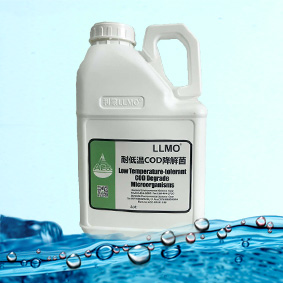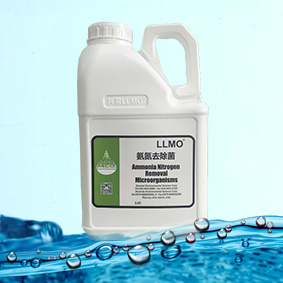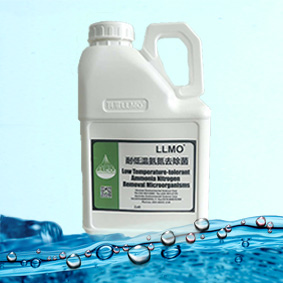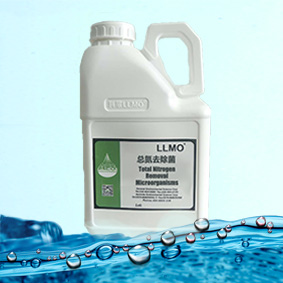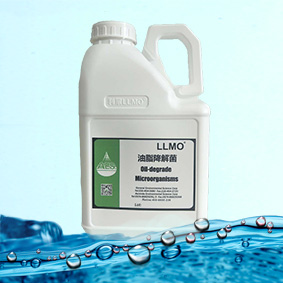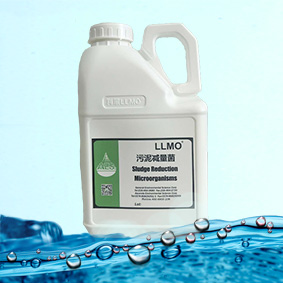Restoration of lake water body
CREATE_TIME:2019-01-15 VIEWS:895
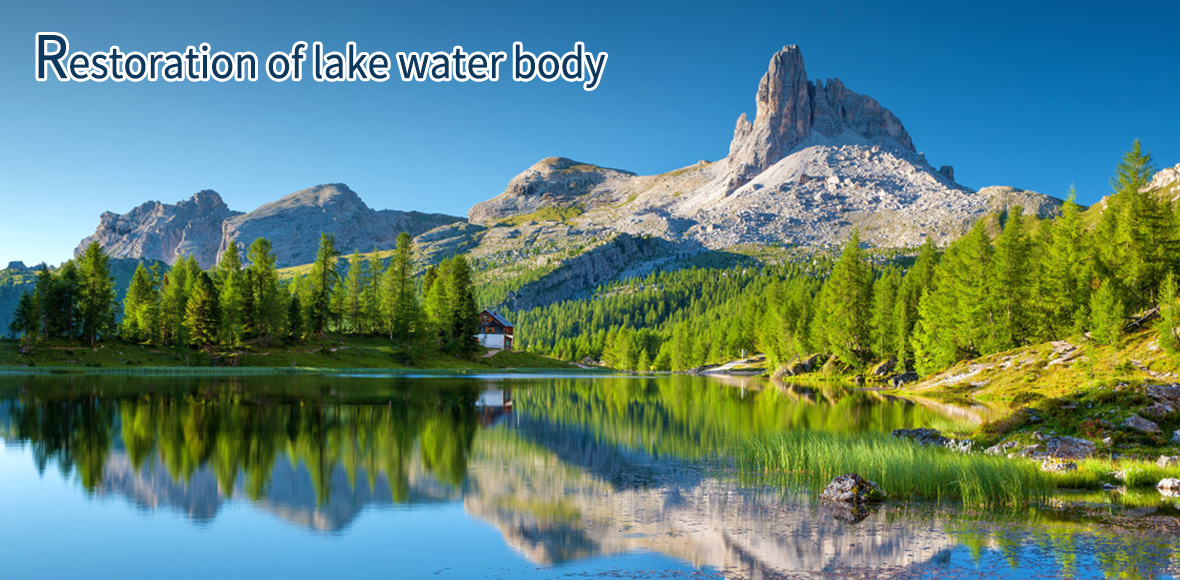

1. Algal blooms
2. Turbid water with low transparency
3. Fish death
4. Imperfect ecosystem

Guided by limnology and restoration ecology, based on the theory of steady-state transformation, with biological manipulation as the main body, and integrated with physicochemical microorganism auxiliary measures, a series of ecological technologies can complete the steady-state transformation and realize the stable, long-term and self-operation of the clearwater-type ecosystem. Finally, the algal type water body is transformed into grass type water body.

1) physical measures: dredging of sediment, covering of sediment, mechanical algal removal and manual salvage, aeration and reoxygenation, water diversion and dilution, mechanical filtration, ultraviolet algal removal and ultrasonic algal removal;
2) chemical measures: chemical flocculation for phosphorus removal, chemical flocculation for algae removal;
3) biological measures: microbial biopromotion preparation, microbial enzyme preparation, bionic membrane purification technology, artificial wetland purification technology, and ecosystem construction technology.
- NEXT:Regulation of




